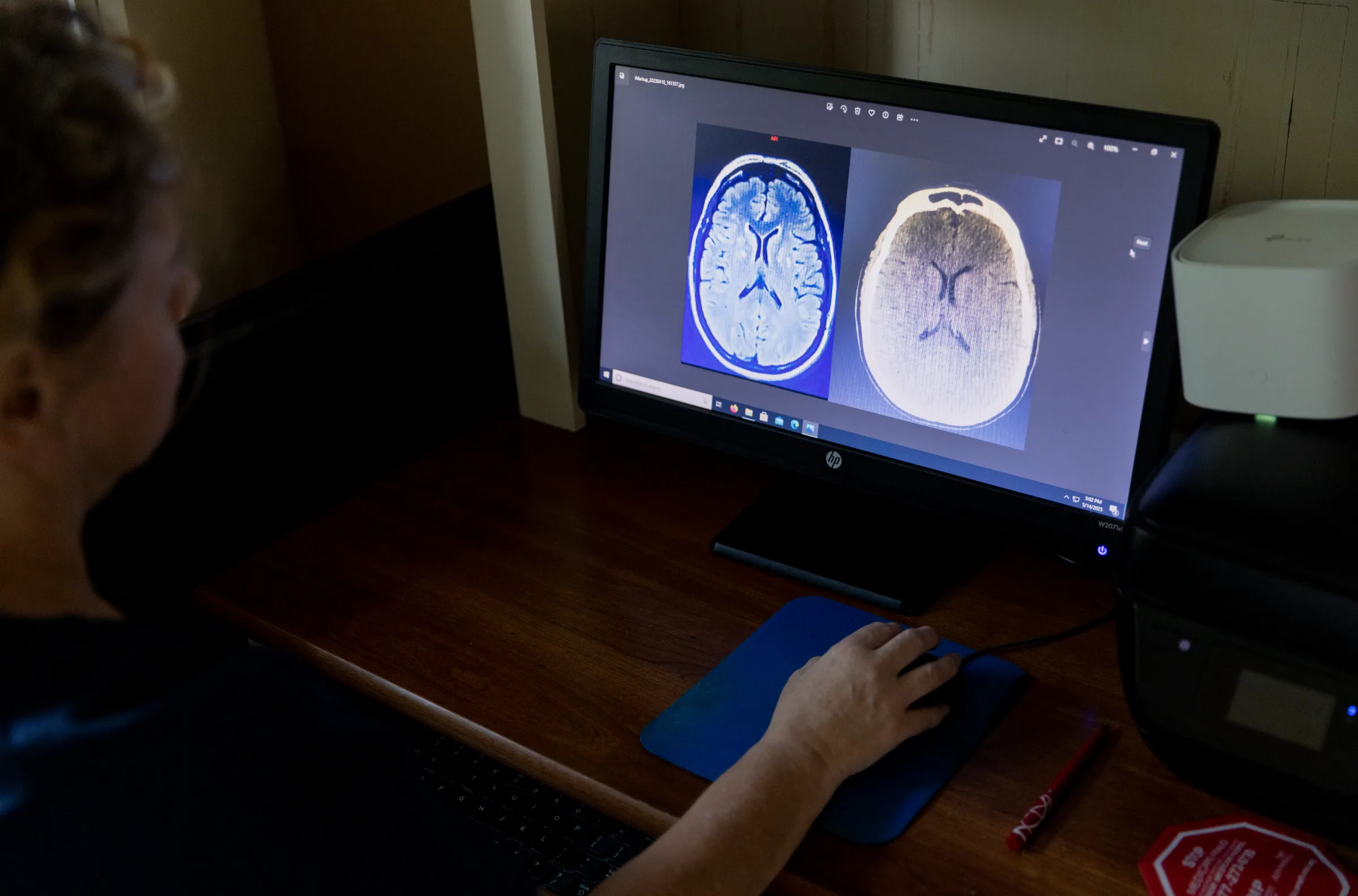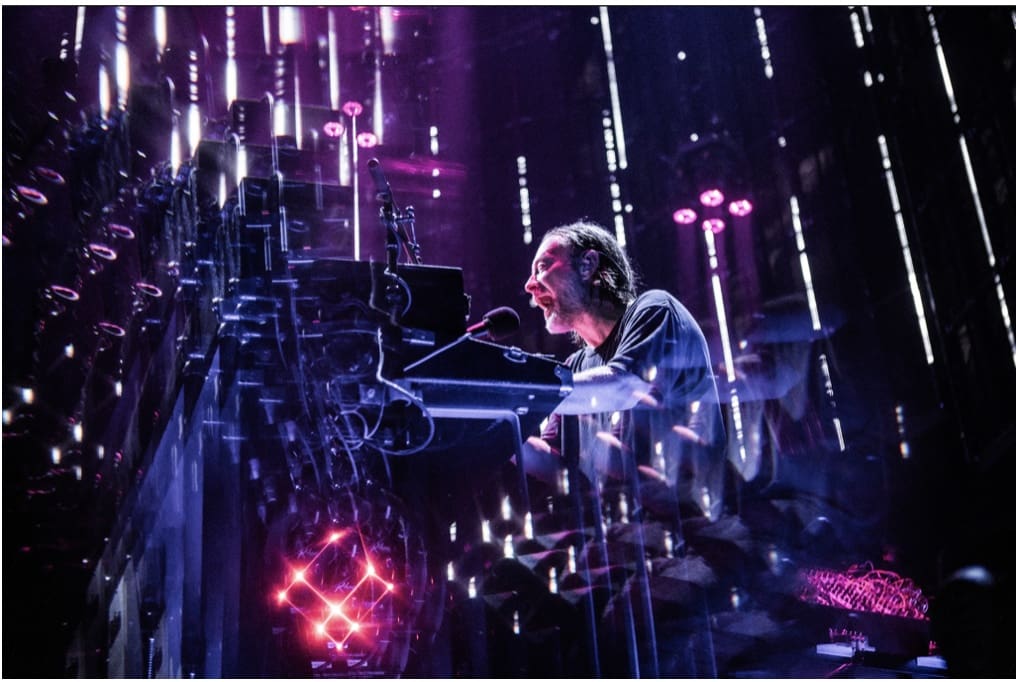Want a better memory? Rethink what memory is

New science, practical habits, and myths to drop
A growing body of research says memory is less a hard drive and more a storytelling engine. On Sunday, cognitive experts speaking with Vox argued that our brains reconstruct the past to serve the present, weaving meaning and context into what we recall. That has practical implications: instead of chasing photographic recall, people can strengthen memory by spacing out practice, deliberately retrieving information, and tying facts to stories or places. Sleep, aerobic exercise and stress control also matter, because consolidation relies on rest and on brain systems that falter under chronic anxiety.
The conversation pushes back on common myths. “Train your brain” games offer narrow gains, not a general boost. Rote rereading is inferior to self-testing. Cramming can work for a quiz, then collapses. And multitasking is the enemy of encoding; attention is the gateway to memory. The payoff for applying the science is tangible—from learning a language to keeping names straight at work. But experts caution that memory is identity work, too: reframing experiences can change how we carry them, which is why therapy often centers on revisiting and reorganizing the past.
How to build a stickier mind
First, design friction into learning. Use the spacing effect—short, repeated sessions over days—and interleave topics so your brain must retrieve the right procedure amid similar choices. Second, turn reading into a quiz machine. Close the page, recall the main ideas, then check yourself. Third, make cues concrete: attach a new concept to a vivid image or a route you know well (the “memory palace”). Fourth, protect sleep windows; deep sleep and REM help move memories from fragile, short-term traces to more durable networks. Finally, manage stress loads with movement, breathwork or time outdoors; the hormones that tune fight-or-flight can erode recall and shrink attention for hours.
The experts emphasize realism. Memory varies: what’s normal at 25 is not the same at 65, and attention-fracturing feeds make everyone feel more forgetful than they are. The goal isn’t perfection; it’s function. For students, that might mean a weekly cadence of retrieval practice and spaced review. For professionals, it might be names-plus-context—repeating a person’s name while linking it to where you met and the topic you discussed. For caregivers, it might be gently cueing narratives in loved ones with cognitive decline, using photos and routines to anchor identity.
There’s also a cultural shift underway. As phones become prosthetic memory, we outsource birthdays, maps and to-do lists. That’s fine, researchers say—if we keep the core skill: knowing what to store internally and how to retrieve it when it matters. Understanding memory as an adaptive storyteller makes the work feel less like grinding for perfect recall and more like crafting a durable, useful life script.






















